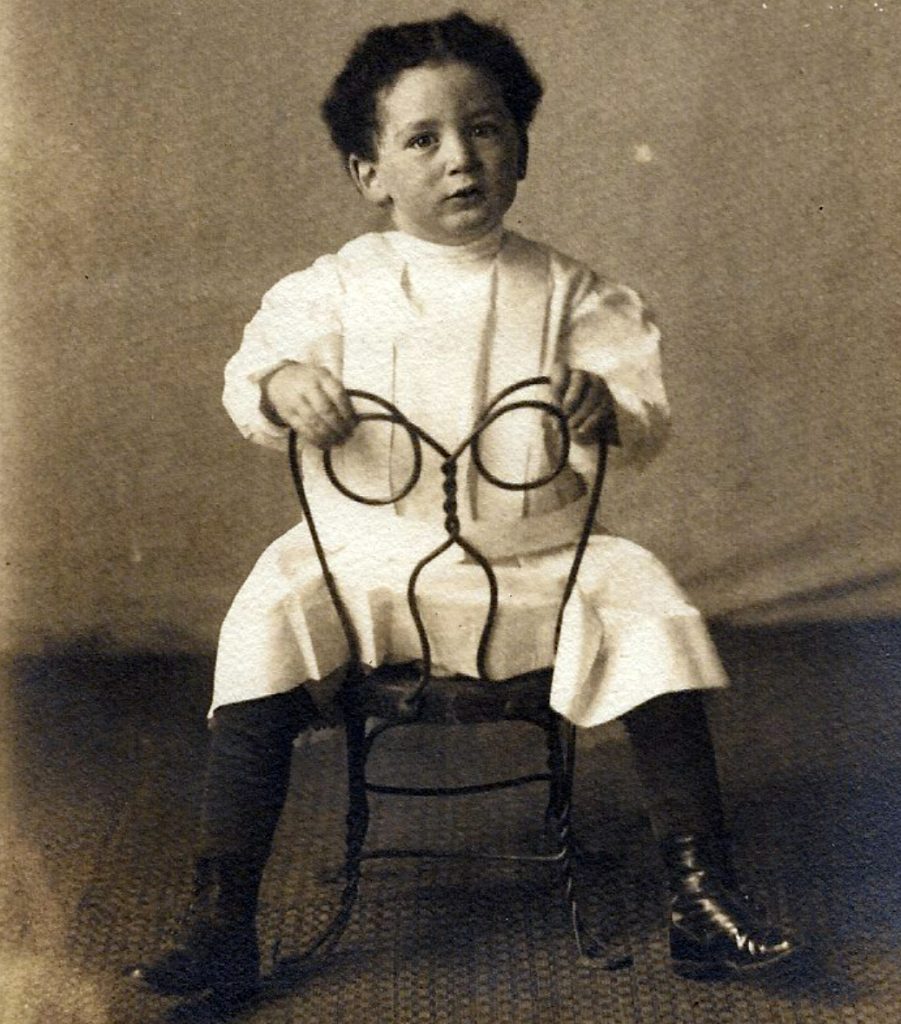Several years ago, when my nephews and nieces were very young, I laughed with my sister-in-law about her far too frequent statement: “THIS is the best part!” Even in the sulky depths of the terrible twos, she was able to enjoy each childish phase—partly because she knew it wouldn’t last forever.
The process of writing a novel is like that too. Each phase is different, and most are quite fun—if only because this unique creation will eventually mature into something that can be allowed out of the house.
I’m working on my favorite phase right now for the long-promised sequel to Ferry to Cooperation Island, but to get there I had to complete the following steps—and this list looks far more straightforward than each felt at the time:

- Spew onto a keyboard and computer screen any idea that seemed worthy, the only way to create a “shitty first draft.”
- Chisel away the pages and paragraphs of unnecessary words and characters and themes, so that the “true” story can shine through. (I’ve learned to call this Developmental Editing.)
- Identify the “beam” of that “true” story, and then make sure all of its necessary plot points and words and characters are actually on the page, in a logical (mostly chronological) order.
Only once those three steps were completed could I get to my favorite part: dialing in all of those details and scenes so they work together, toward a single, surprising and yet inevitable, happy ending. (The industry would probably lump this under Developmental Editing as well, but I like to think I’ve moved on.)
One reason I so enjoy this particular stage of my years-long novel-building process is that it’s finally easy to see the finish line. But even more importantly, I’m constantly surprised by my own writing. Seemingly trivial details often reveal themselves as absolutely pivotal—and, on my best days, might even click with another completely different part of the story. Obviously, my semi-conscious brain was working harder and better than I realized during those previous phases.
A great example of this, from FERRY: when I finally realized that Lloyd Wainwright’s height is what made him clumsy, and such clumsiness became absolutely critical to his climactic scene. I’m making similar “discoveries” right now, and it’s absolutely the best part of an amazing process.
This novel is definitely past the terrible twos; it’s developing (or revealing) a unique personality, and it can even—if I listen well—tell me what makes it laugh or cry. Still a long, long way from leaving the nest—but I’m certain now that it will, someday, both entertain and inspire.
PS: I wrote about this process in more detail a year before the last book came out; One Road to Novel Publication, in 6 Acts includes links to Story Parenting, as well as the least fun part of the process: Creative Slogging.
Got a story about the “best” part of parenting? I bet I can relate it to novel writing, if you share it in the comments below. Meanwhile, thanks for reading—and for raising the next generation of humans, which leaves me to enjoy my own fictitious offspring.